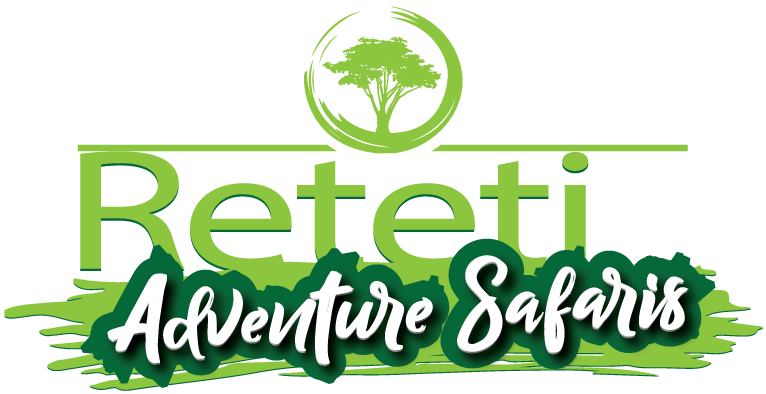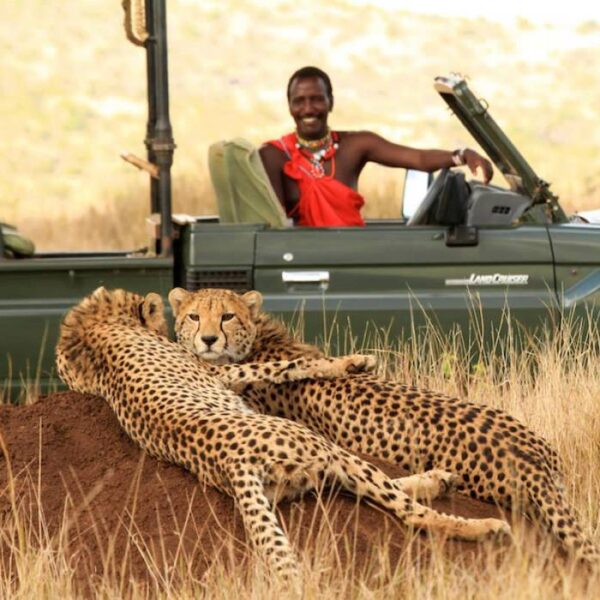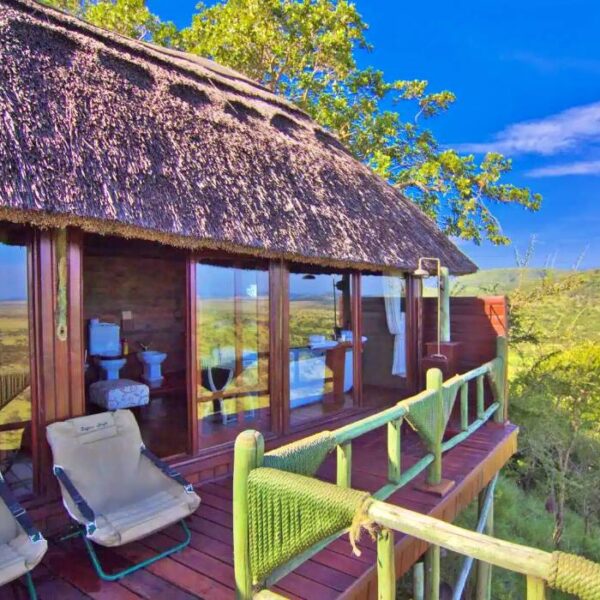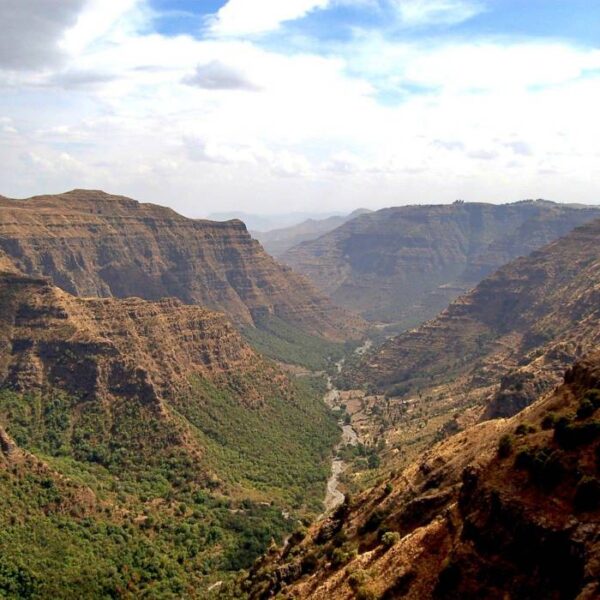The Maasai people, with their vibrant traditions and deep respect for the land, are true guardians of their cultural heritage. Their distinctive customs, from the mesmerizing Adumu dance to the intricate beadwork, reflect a society deeply rooted in tradition yet adapting to the modern world. Engaging with the Maasai provides a unique opportunity to witness the beauty of their culture and the strength of their commitment to preserving it. As the Maasai continue to navigate the challenges of a changing world, they remain a powerful symbol of cultural resilience and harmony with nature.
Visiting the Maasai offers an enriching experience that blends the beauty of Kenya’s landscapes with the depth of its cultural heritage, making it a must-do for anyone traveling to this remarkable region.
The Maasai People: Guardians of Tradition
The Maasai tribe, one of Africa’s most iconic groups, captivates the world with their vibrant culture and profound connection to the land. Adorned in distinctive red shukas and intricate beadwork, the Maasai are renowned for their warrior traditions and semi-nomadic lifestyle centered around cattle herding. This sacred practice not only provides sustenance but also symbolizes wealth and status. Visitors to Maasai villages are invited into a realm where tradition reigns supreme, witnessing firsthand the famous Adumu dance—a captivating display of strength and agility—as warriors leap high into the air, their red robes striking against the golden savanna.
Beyond the mesmerizing dances, the Maasai women’s intricate beadwork offers another glimpse into this rich cultural tapestry. Each piece of jewelry, meticulously crafted with vibrant beads, tells a unique story, reflecting social status, marital status, and other cultural markers. Engaging with the Maasai in their daily activities, from milking cattle to preparing traditional meals, provides visitors with a profound understanding of their way of life. These experiences highlight the Maasai’s deep respect for the environment, as they follow the rains to ensure their cattle have fresh grazing grounds, embodying a sustainable lifestyle that has harmonized with nature for centuries.
In the face of modernization and globalization, the Maasai are steadfast in preserving their cultural heritage. By embracing cultural tourism, they share their rich traditions with the world while generating income to support their communities. Visitors are not only participants in cultural ceremonies and storytelling sessions but also contributors to the Maasai’s efforts to maintain their identity in a rapidly changing world. The Maasai’s enduring customs, from the iconic Adumu dance to their symbolic beadwork, offer a vivid and powerful testament to their resilience and the beauty of their cultural heritage, making an encounter with the Maasai a truly unforgettable experience.
Maasai Mara: The Crown Jewel of Kenya’s Savannas
The Maasai Mara National Reserve, a sprawling expanse of savanna, stands as one of Kenya’s most cherished natural treasures. Teeming with diverse wildlife and dramatic vistas, the reserve is named in honor of the Maasai people, whose deep-rooted connection to the land is evident in every aspect of the region. The Maasai Mara is a living testament to the symbiotic relationship between the Maasai and the natural world, where cultural heritage and ecological balance coexist in harmony.
One of the most awe-inspiring spectacles in the Maasai Mara is the annual Great Migration. Each year, millions of wildebeest, zebras, and gazelles embark on a perilous journey across the plains in search of greener pastures. This breathtaking phenomenon, one of nature’s most dramatic events, attracts visitors from around the globe. Witnessing the Great Migration alongside the Maasai offers an unparalleled perspective, as these guardians of the savanna share their ancestral knowledge and deep understanding of the land and its inhabitants.
Beyond the migration, the Maasai Mara’s abundant wildlife and stunning landscapes provide endless opportunities for exploration. Safari adventures reveal the Big Five—lions, elephants, leopards, rhinos, and buffalos—roaming freely in their natural habitat. The reserve’s rolling hills, acacia woodlands, and meandering rivers create a picturesque backdrop for wildlife encounters. Engaging with the Maasai people, who have coexisted with this wildlife for centuries, enriches the experience, offering insights into their sustainable practices and deep respect for the environment. The Maasai Mara is not just a destination; it’s a journey into the heart of one of the world’s most extraordinary ecosystems.
Legends of the Land
Maasai legends are deeply intertwined with the landscapes they inhabit, adding a sense of mystique and sacredness to the region. According to Maasai mythology, the Great Rift Valley was created by Enkai, the sky god, as a divine gift to the Maasai people. This geological wonder symbolizes the Maasai’s profound spiritual connection to their homeland. Similarly, Mount Kilimanjaro and Mount Kenya are revered in Maasai folklore as sacred sites where gods and spirits reside. The majestic peaks of these mountains stand as enduring symbols of divine presence and protection.
The tales of these landscapes are more than just stories; they are vital threads in the fabric of Maasai culture. Around campfires, Maasai warriors and elders recount ancient legends of battles and heroic deeds, passing down their rich history through generations. Visitors to Maasai lands can feel the sacredness of the environment as they listen to these captivating myths. This deep connection to the land and its legends offers a unique glimpse into the Maasai worldview, where every element of nature has a story to tell, enriching the experience of exploring Maasai territories.
Loita Hills: The Sacred Forest
The Loita Hills, also known as the “Forest of the Lost Child,” hold a special place in Maasai culture. This remote and mystical area is home to the Loita Maasai, who are considered the custodians of traditional Maasai practices. The dense forests of the Loita Hills are dotted with sacred sites where Maasai rituals and ceremonies are performed, making it a vital spiritual hub for the community.
Trekking through the Loita Hills offers visitors a chance to explore pristine wilderness and gain insight into the spiritual significance of the land to the Maasai. The hills are a sanctuary of untouched natural beauty, where every trail and clearing holds cultural importance. For those seeking an immersive experience, the Loita Hills provide a unique opportunity to connect with Maasai traditions and understand their deep respect for nature.
Amboseli National Park: Land of Giants
Nestled at the foot of majestic Mount Kilimanjaro, Amboseli National Park is a sanctuary where Maasai culture and wildlife harmoniously coexist. Renowned for its vast elephant herds and breathtaking views of Kilimanjaro’s snow-capped peak, the park captivates visitors with its dramatic landscapes and abundant wildlife. This iconic setting not only offers unparalleled photographic opportunities but also serves as a testament to the Maasai’s enduring relationship with the natural world.
The Maasai people, known for their pastoral lifestyle and deep spiritual connection to the land, graze their cattle alongside Amboseli’s wildlife. This traditional practice highlights their commitment to sustainable living and ecological balance, ensuring the preservation of both their cultural heritage and the natural environment. Engaging with the Maasai offers visitors a unique insight into their age-old traditions and their profound respect for the wildlife that shares their ancestral lands.
Amboseli’s allure extends beyond its wildlife and cultural heritage. The park’s diverse habitats, from expansive savannas to marshes and woodlands, provide refuge for a variety of species, including lions, giraffes, zebras, and countless bird species. Exploring Amboseli is a journey into the heart of Africa’s wilderness, where every turn reveals new wonders and reinforces the importance of conservation efforts. Whether marveling at elephants against the backdrop of Kilimanjaro or learning from the Maasai about their harmonious way of life, Amboseli National Park promises an enriching experience that celebrates both nature and culture.
Cultural Conservation Efforts
The Maasai people are pioneering cultural conservation efforts, dedicated to safeguarding their heritage and the natural environment. Embracing eco-tourism initiatives, many Maasai communities now offer cultural tours, homestays, and guided safaris. These authentic experiences not only immerse visitors in Maasai traditions but also support sustainable development and conservation practices.
Participating in Maasai-led eco-tourism programs allows travelers to engage deeply with local culture. From learning about traditional practices to sharing meals with Maasai families, these experiences offer a genuine glimpse into everyday life within the community. Moreover, funds generated through eco-tourism directly benefit Maasai villages, providing economic opportunities and incentives for environmental conservation.
By choosing to explore Kenya’s landscapes through Maasai-guided tours, visitors actively contribute to the preservation of both cultural heritage and natural habitats. This collaborative approach fosters mutual understanding and respect, ensuring that future generations can continue to cherish and benefit from the rich traditions and biodiversity that define Maasai territories.
Conclusion
Exploring Maasai legends and landscapes is a journey through the heart of Kenya, where ancient traditions and breathtaking scenery converge. From the vast savannas of the Maasai Mara to the sacred peaks of Kilimanjaro and the mystical Loita Hills, each destination offers a unique glimpse into the rich cultural tapestry of the Maasai people. Embark on this adventure to experience the profound connection between the Maasai and their land, and to witness the enduring beauty of Kenya’s natural and cultural heritage.



